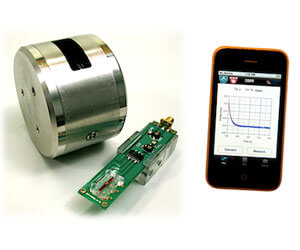I always thought this was a bit corny, but having an "attitude of gratitude" is very real.
Gratitude has recently become the favorite feast of psychologists studying the consequences of giving thanks. Cultivating an “attitude of gratitude” has been linked to better health, sounder sleep, less anxiety and depression, higher long-term satisfaction with life and kinder behavior toward others, including romantic partners. A new study shows that feeling grateful makes people less likely to turn aggressive when provoked.
How do you get started? One suggestion: start with “gratitude lite.”
That’s the term used by Robert A. Emmons, of the University of California, Davis, for the technique used in his pioneering experiments he conducted along with Michael E. McCullough of the University of Miami. They instructed people to keep a journal listing five things for which they felt grateful, like a friend’s generosity, something they’d learned, a sunset they’d enjoyed.
The gratitude journal was brief — just one sentence for each of the five things — and done only once a week, but after two months there were significant effects. Compared with a control group, the people keeping the gratitude journal were more optimistic and felt happier. They reported fewer physical problems and spent more time working out.
Further benefits were observed in a study of polio survivors and other people with neuromuscular problems. The ones who kept a gratitude journal reported feeling happier and more optimistic than those in a control group, and these reports were corroborated by observations from their spouses. These grateful people also fell asleep more quickly at night, slept longer and woke up feeling more refreshed.
“If you want to sleep more soundly, count blessings, not sheep,” Dr. Emmons advises in “Thanks!” his book on gratitude research.
I'm going to give this a try. I'm grateful that I came across this article.
























